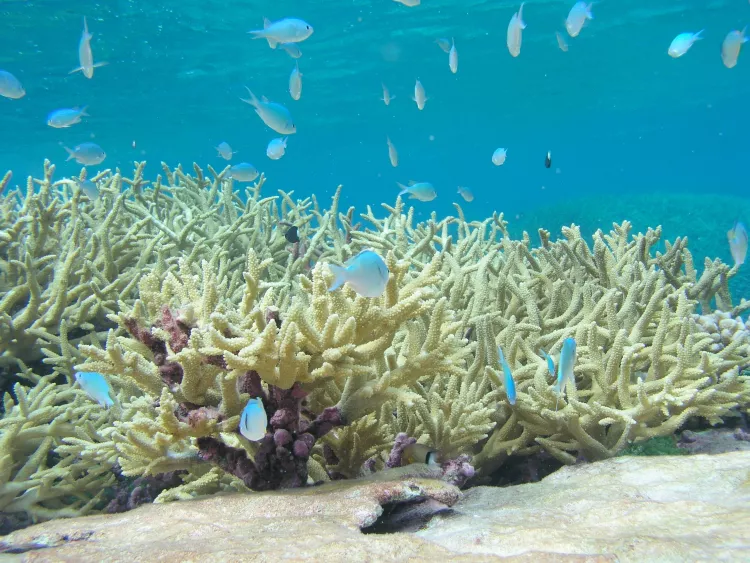World’s Largest Marine Protected Area Designated by President Obama
Expanding the Pacific Remote Islands National Marine Monument from almost 87,000 square miles to more than 490,000 square miles. The area will protect Johnston Atoll, Wake Atoll, and Jarvis Island, and keep them off-limits to activities such as commercial fishing and energy exploration.
President Obama announced today that he’s creating the world’s largest marine protected area.
The proclamation — which Secretary of State John F. Kerry announced during an oceans meeting he convened in New York on Thursday — will mean added protections for deep-sea coral reefs and other marine ecosystems that administration officials say are among “the most vulnerable” to the negative effects of climate change.
The document signed by Obama noted that the expanded area contains “significant objects of scientific interest that are part of this highly pristine deep sea and open ocean ecosystem with unique biodiversity.”
While the new designation is a scaled-back version of an even more ambitious plan the administration had floated in June, it marks the 12th time Obama will have exercised his power under the 1906 Antiquities Act to protect environmental assets.
Under the new designation, the administration will expand the fully protected areas from 50 miles offshore from three remote areas — Johnston Atoll, Wake Atoll and Jarvis Island — to 200 miles, the maximum area within the United States’ exclusive economic zone.
The existing, 50-mile safeguards around Kingman Reef and Palmyra Atoll, as well as Howland and Baker islands, which are also part of the existing monuments, will not change.
The presidential proclamation states, “These adjacent areas hold a large number of undersea mountains (‘seamounts’) that may provide habitat for colonies of deepwater corals many thousands of years old,” adding that their “pelagic environment provides habitat and forage for tunas, turtles, manta rays, sharks, cetaceans and seabirds that have evolved with a foraging technique that depends on large marine predators.”
- Log in to post comments







































